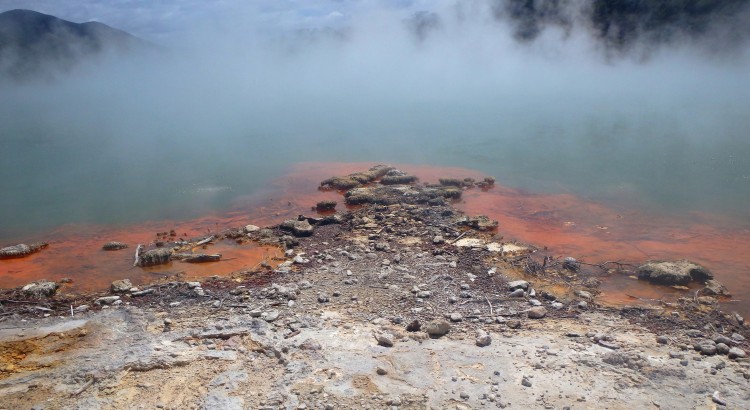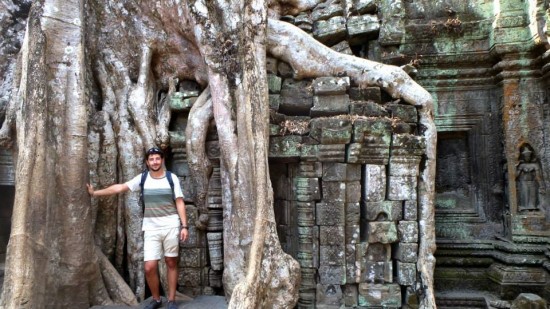There are many places on this Earth where nature amazes you. The waterfalls in Iguazu Brazil, the glaciers in Perito Moreno Argentina and the geysers in Bolivia to name a few. But no matter how many natural wonders you have the fortune of witnessing, one cannot miss an opportunity to visit the many thermal wonders that central New Zealand has to offer.
Rotorua
There are many reasons to visit Rotorua, be it for a Maori Experience, adrenaline sports or the famous mud spas, but one of the main reasons is it’s proximity to a number of thermal parks. Whilst there are a few to choose from, we opted for Wai-O-Tapu which exceeded our expectations.
Even though we had seen many geothermal parks before, I forced Paddy to go after I had heard about the beautiful coloured pools, the mud craters and steaming fumaroles. If for nothing else we wanted to know why the whole town of Rotorua smells of rotten eggs! It’s hydrogen sulphide, by the way.
So Why is All This Here?
The earth’s crust is made up of a patchwork of interlocking slabs (plates) which move independently like enormous ice flows. Today New Zealand straddles the boundary between the Indian – Australian and Pacific Plates.
Tremendous natural energy is released which results in many spectacular geological occurrences including mountain building, earthquakes and volcanic activity.
In the last 150 years, earthquakes in Wellington (1855), Murchinson (1929), Napier (1931) and most recently Christchurch(2010) have resulted in marked land changes confirming New Zealand as ‘The Shaky Isles’.
Wai-O-Tapu Thermal Wonderland
Covering some 18sq.km. with the volcanic dome of Maungakakaramea (also known as Rainbow Mountain) at its northern boundary and associated with volcanic activity dating back about 160,000 years, the Wai-O-Tapu site is located right on the edge of the largest volcanic area within the active Taupo Volcanic Zone.
The Taupo Volcanic Zone is generally recognised as one of the most active volcanic areas on the World.
There are three different walking routes you can take through the park, depending on how much time you have or much you like to walk. We did all of them which is about 3km in length and takes you around 70 minutes, including many breaks for photos and admiration.
Here are some of the beautiful natural wonders we came across on our walk through the park:
 “Devil’s Ink Pots”, where graphite and crude oil have been brought to the surface by water.
“Devil’s Ink Pots”, where graphite and crude oil have been brought to the surface by water.
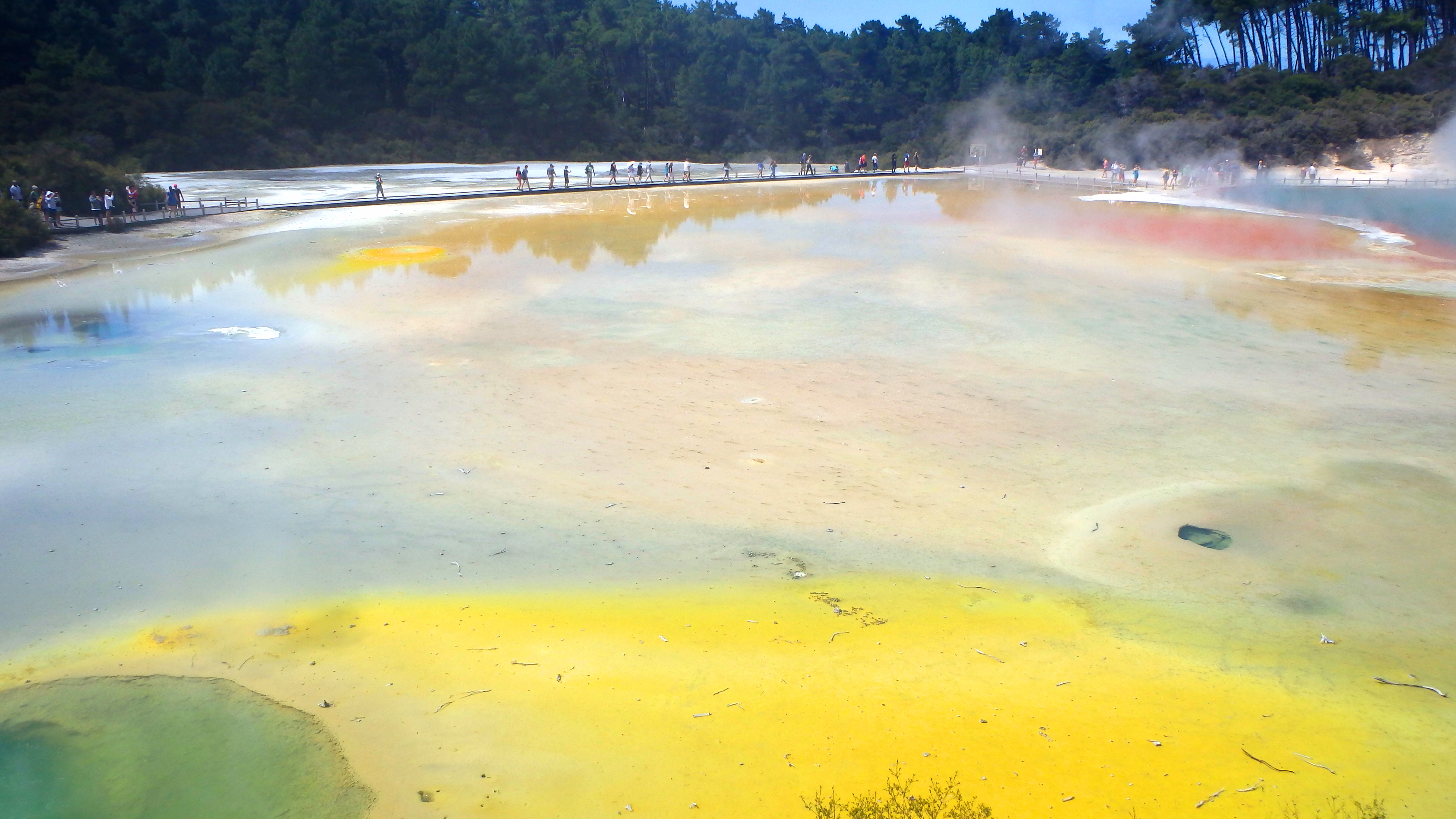 “The Artist’s Palette”. As the pool cools the minerals are exposed to our atmosphere and show themselves in a variety of colours.
“The Artist’s Palette”. As the pool cools the minerals are exposed to our atmosphere and show themselves in a variety of colours.
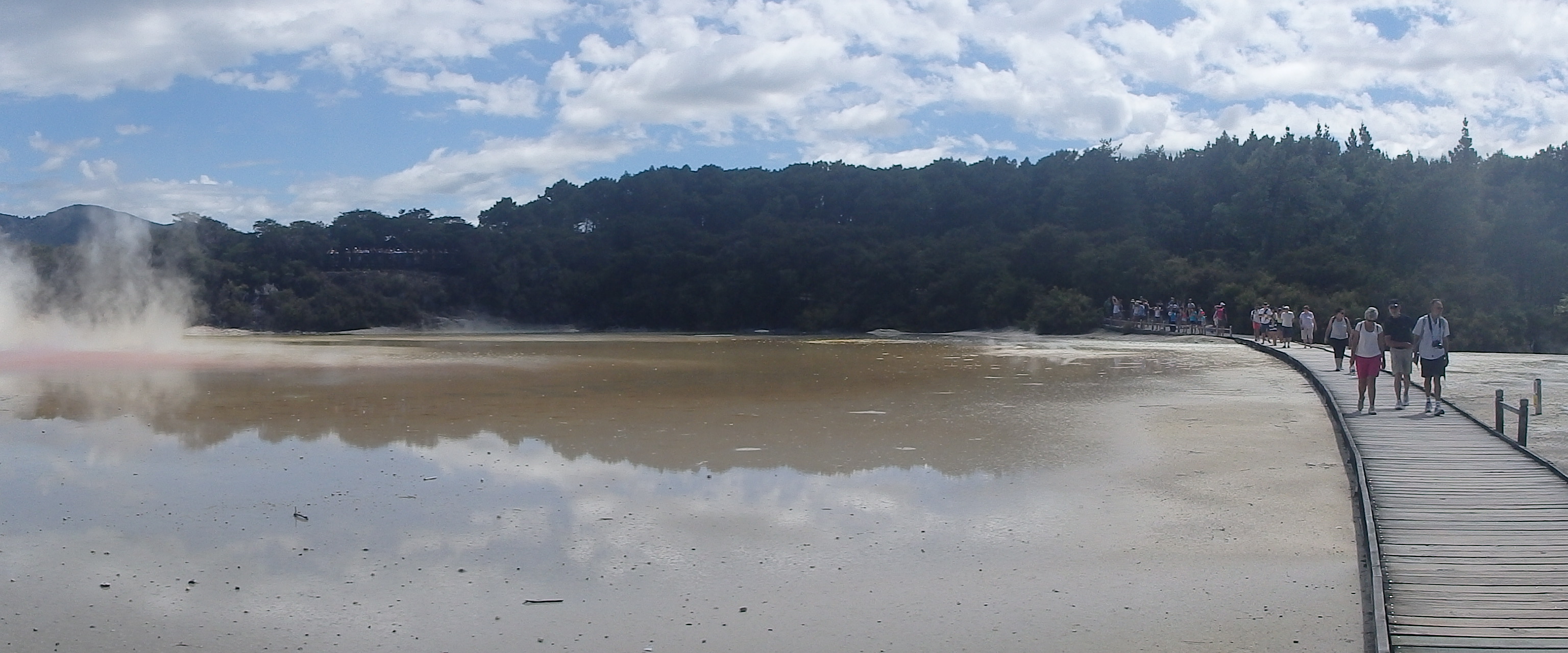 “The Terrace”. A boardwalk crossing the “Artist’s Palette”, an experience unique to Wai-o-tapu.
“The Terrace”. A boardwalk crossing the “Artist’s Palette”, an experience unique to Wai-o-tapu.
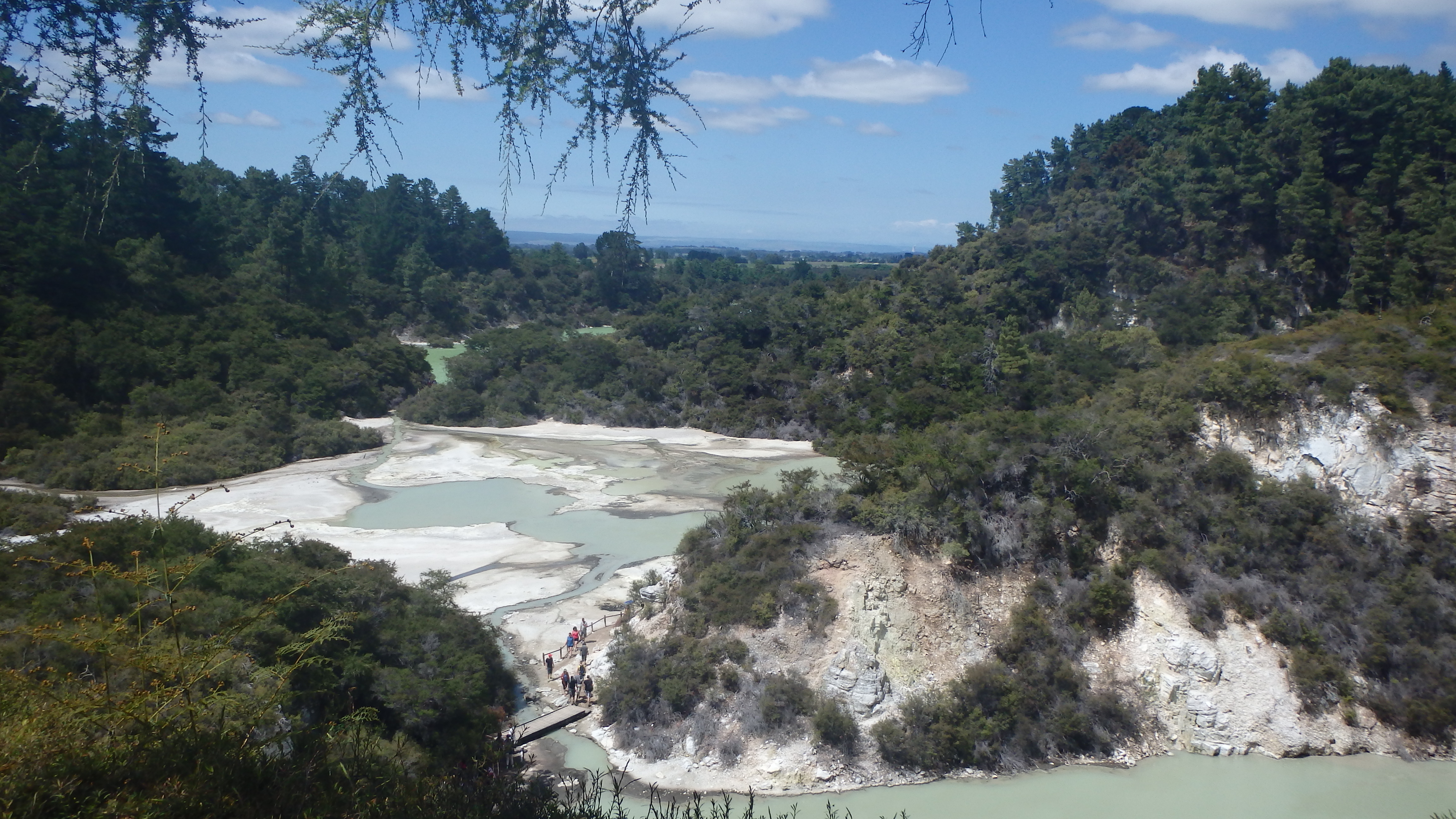 A panoramic view over the “Frying Pan Flats”.
A panoramic view over the “Frying Pan Flats”.
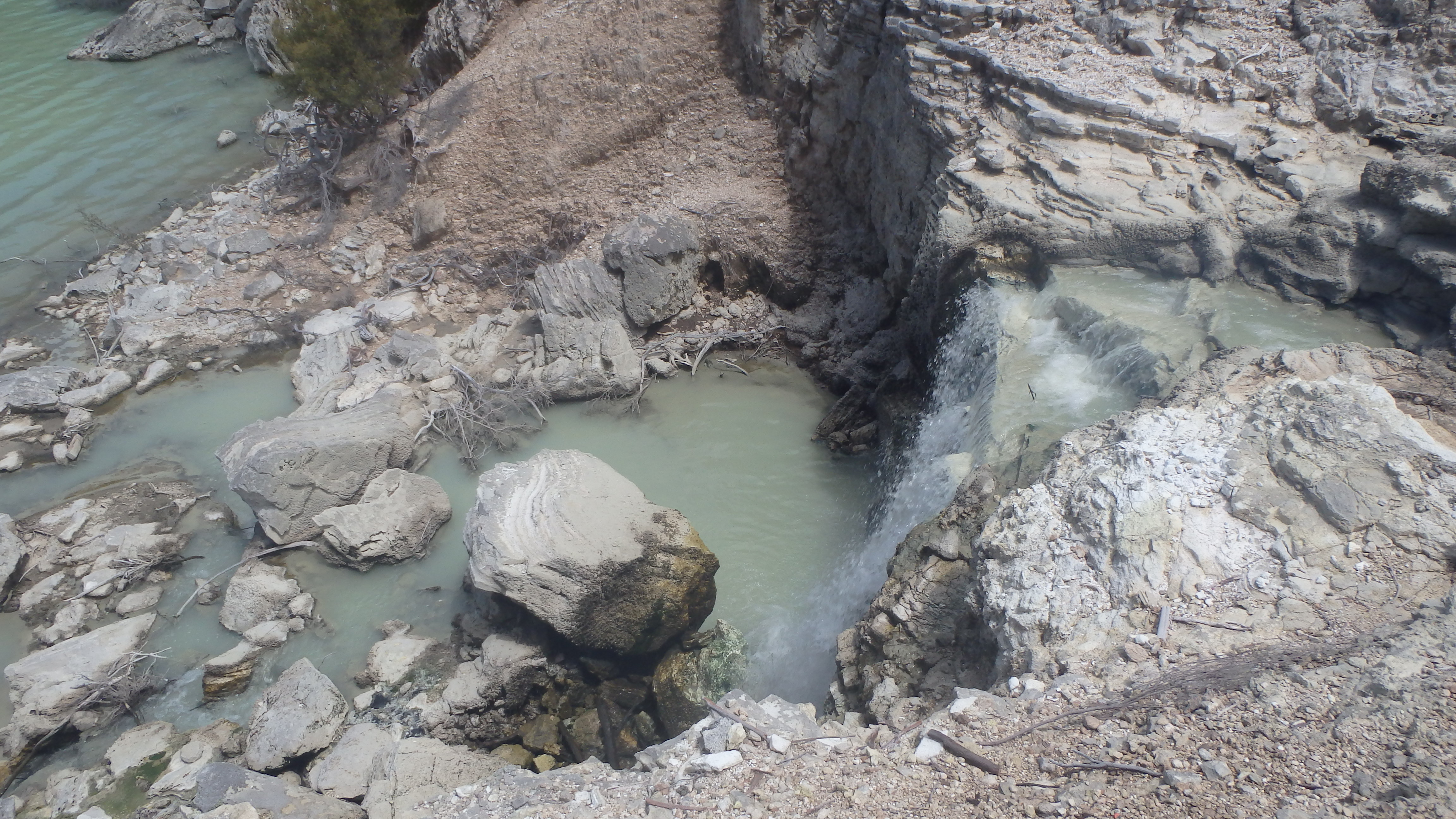 A waterfall into Lake Ngakoro, which means “The Grandfather”.
A waterfall into Lake Ngakoro, which means “The Grandfather”.
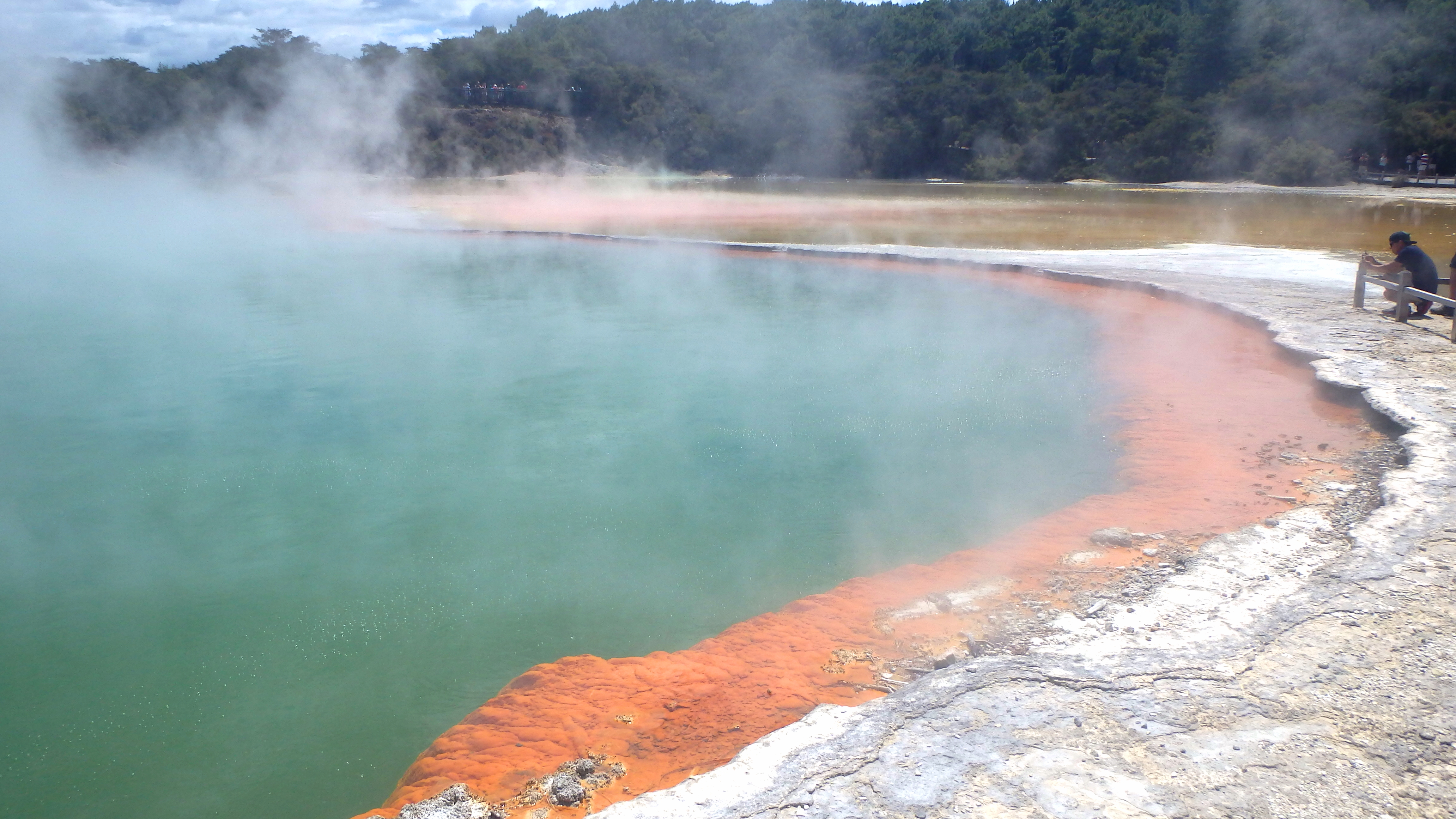 “The Champagne Pool” gets its colour from the minerals within the water, such as gold, silver, mercury, sulphur and arsenic.
“The Champagne Pool” gets its colour from the minerals within the water, such as gold, silver, mercury, sulphur and arsenic.
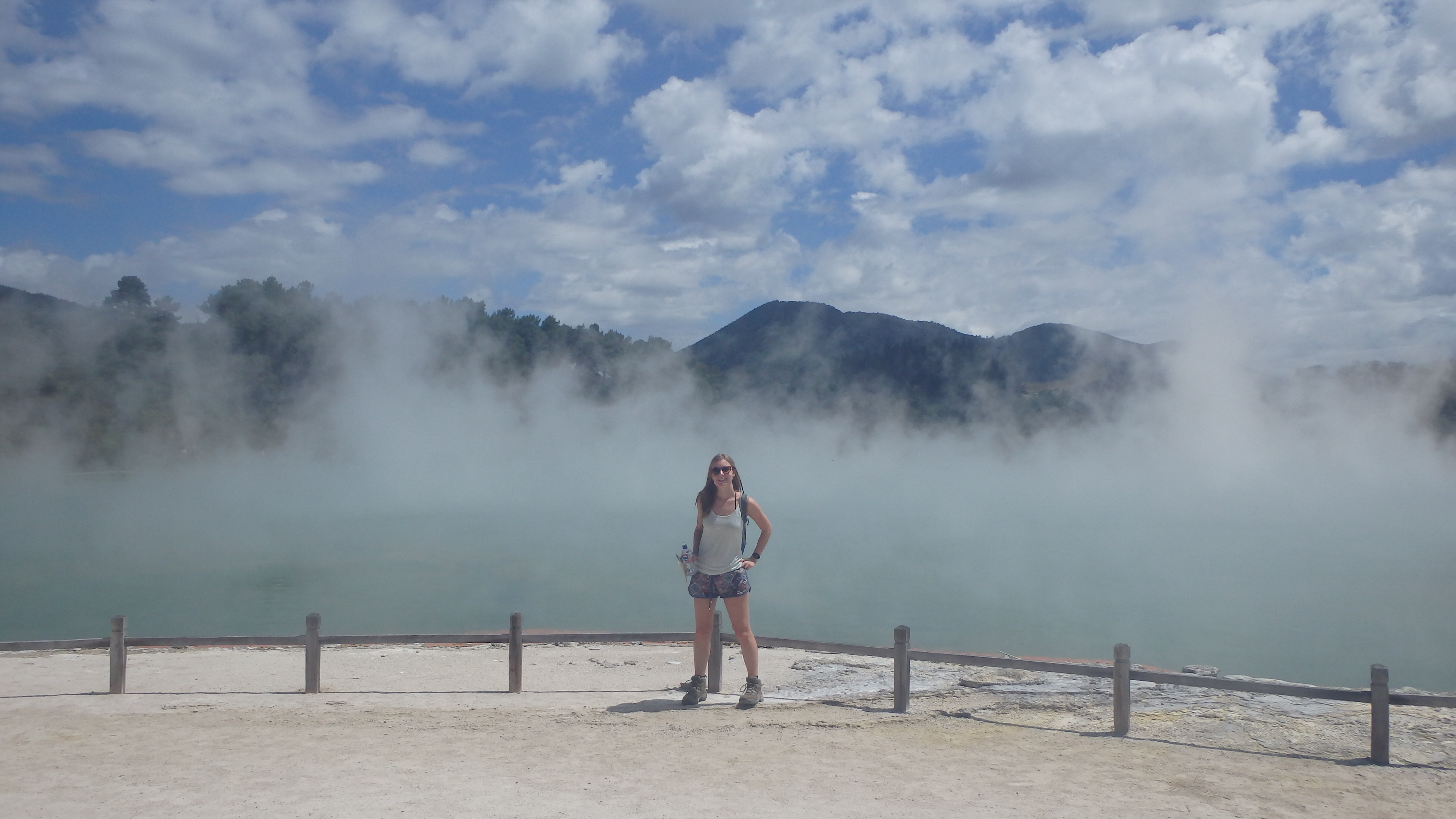 63m deep and 72°C on the surface, not the kind of champagne I’m used to!
63m deep and 72°C on the surface, not the kind of champagne I’m used to!
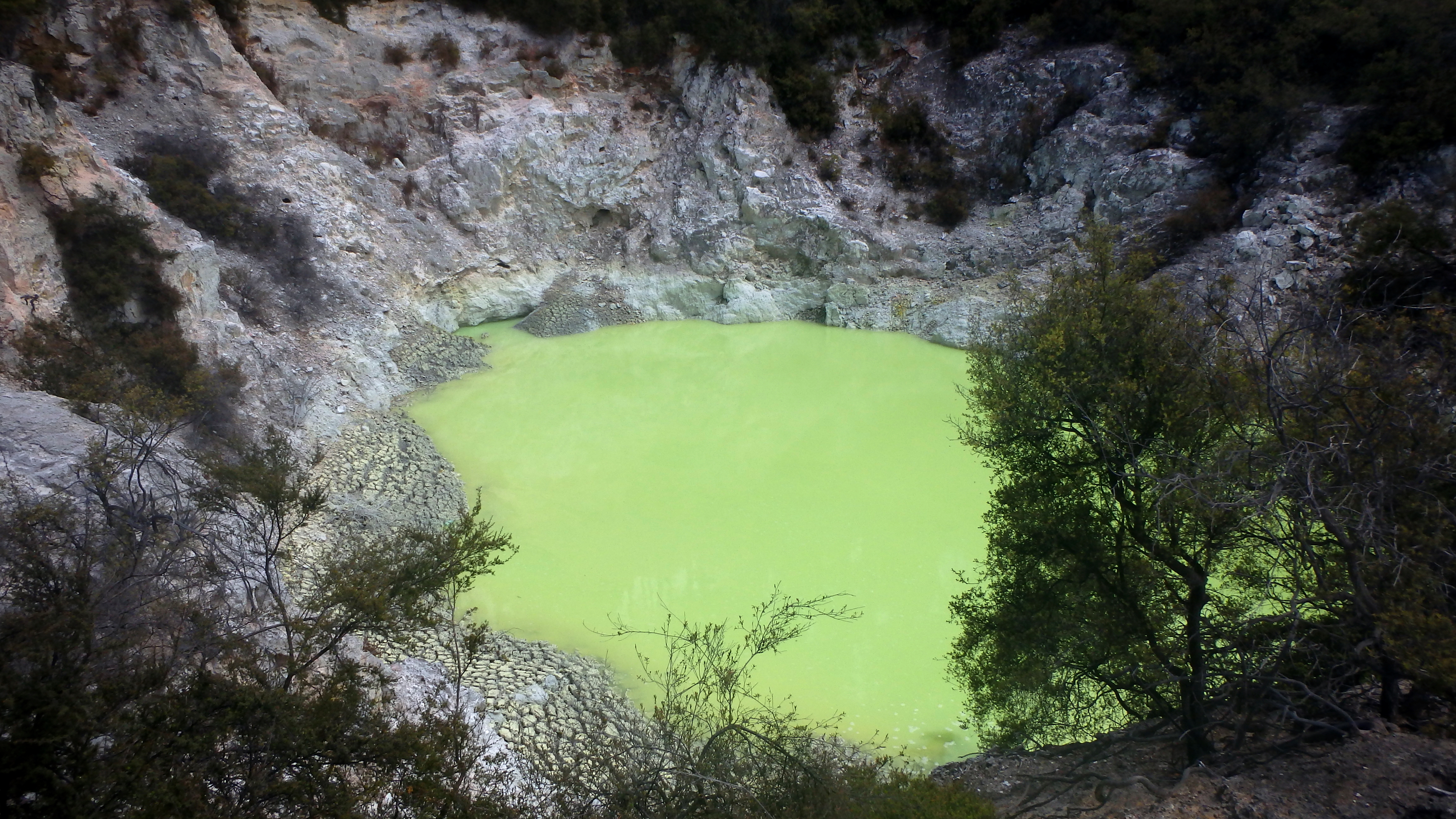 The colour in the “The Devil’s Bath” is caused by excess water from the champagne pool mixing with sulphur and salts. The colour changes between green and yellow depending on light and cloud cover.
The colour in the “The Devil’s Bath” is caused by excess water from the champagne pool mixing with sulphur and salts. The colour changes between green and yellow depending on light and cloud cover.
